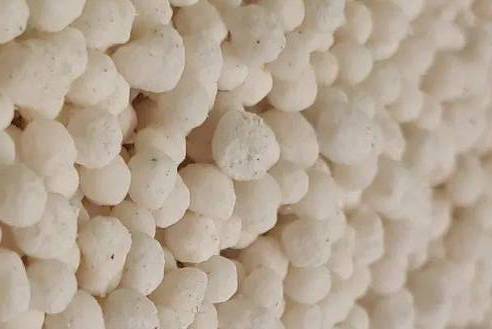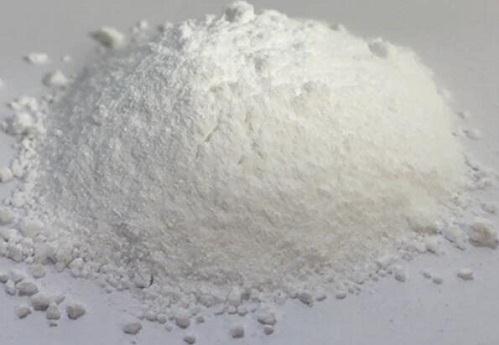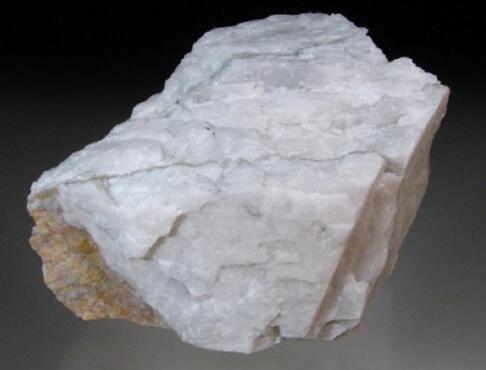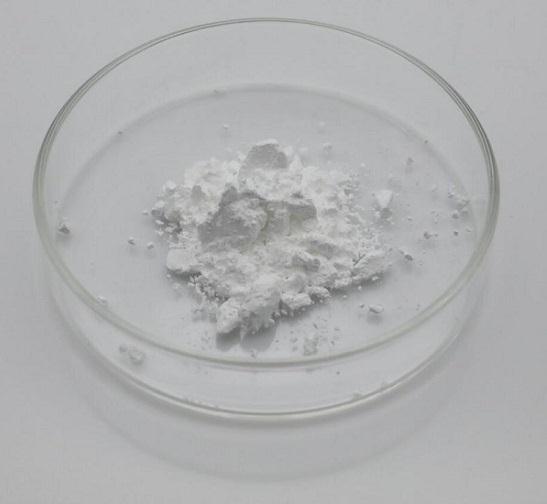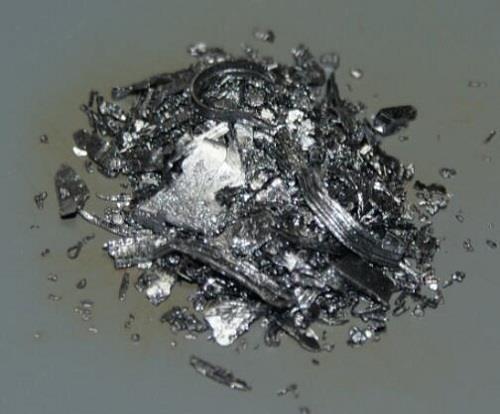Inorganic chemicals is the shortened form of inorganic chemical industry and is an important branch of the chemical industry with natural resources and industrial by-products as raw materials for the production of sulfuric acid, nitric acid, hydrochloric acid, phosphoric acid, soda ash, caustic soda, synthetic ammonia, fertilizer and inorganic salts, etc. This includes sulfuric acid industry, soda industry, the chloro-alkali industry, synthetic ammonia industry, fertilizer industry and mineral industry. Its broad definition also includes the production of inorganic non-metallic materials and fine inorganic product such as ceramics and inorganic pigment. The main raw material of inorganic chemical products are mineral product including sulfur, sodium, phosphorus, potassium and calcium and coal, oil, gas, and air, water and so on. Inorganic chemicals can be traced back to the ancient process of ceramics, alchemy, brewing, dyeing at thousands of years ago. Although with small scale, backward technology and pure manual manipulation, but it is the prototype of inorganic chemicals. For thousands of years, due to the low productivity, it gets slow development. Until the 18th century, it had developed rapidly. In the middle of 18th century, Britain had first applied lead chamber method using saltpeter and sulfur as raw materials to produce sulfuric acid. In 1783, Lu Bulan (France) proposed the soda method using sodium chloride, sulfuric acid, coal as raw materials. In the latter half of the 18th century, the modern chemical industry taking inorganic chemical industry as the main content had began to emerge. In 1841, people began the production of phosphate fertilizer; In 1965 Belgian Solvay realized the industrialization of ammonia soda for production of soda; with the rise of preparing potassium industry in 1870; In 1890, people began to use electrolytic approach for making Cl2 and caustic soda; In 1913, people had achieved the catalytic synthesis
Introduction of Deuterium oxide
Deuterium oxide (D2O) is basically water composed of deuterium. It is also known as Heavy water.
May 11,2023 Inorganic chemistryPhosphorus: Production, application, toxicity and biological role
White phosphorus is a highly toxic substance by all routes of exposure. Contact of the solid with the skin produces deep painful burns, and eye contact can cause severe damage.
May 6,2023 Inorganic chemistryCuprous oxide nanoparticles
CuO engineered nanoparticles (ENPs) are used in industrial applications as a catalyst for carbon monoxide oxidation and a component of heat transfer fluids.
Mar 17,2023 Inorganic chemistryCarbon:Occurrence,Uses,Reactions
Carbon is the 15th most abundant element in the Earth's crust, and the fourth most abundant element in the universe by mass after hydrogen, helium, and oxygen. Carbon's abundance, its unique diversity
Feb 28,2023 Inorganic chemistryBoron oxide:Uses,Production,Reactions
Boron oxide is a colorless transparent solid, almost always glassy (amorphous), which can be crystallized only with great difficulty. It is also called boric oxide or boria.It has many important indus
Feb 28,2023 Inorganic chemistryLithium:Chemistry,Reactions,Uses
Lithium is a malleable, soft silvery metal and the first element belonging to the alkali metals. It is small and the lightest among all metals. Its chemistry and that of the rest of the alkali metals
Feb 23,2023 Inorganic chemistryHydrogen:Chemistry,Preparation,Uses
Under normal conditions on Earth, elemental hydrogen exists as the diatomic gas, H2. Yet, hydrogen gas is very rare in the Earth’s atmosphere (1 ppm by volume) because of its light weight, which enabl
Feb 20,2023 Inorganic chemistryApplication of Germanium oxide
Germanium dioxide's refractive index and optical dispersion properties make it useful as an optical material for wide-angle lenses and in optical microscope objective lenses. It is transparent in inf
Feb 3,2023 Inorganic chemistryfullerene c60 in skincare
Fullerene C60? in a special form packed (with technology encapsulation) is present in the Hyaluron molecule to allow dispersion in water, as Fullerene C60 is normally insoluble in water.
Feb 2,2023 Inorganic chemistryIodine:Existence,Function,Dangers
Iodine is a trace element that is naturally present in some foods, is added to some types of salt, and is available as a dietary supplement. Iodine is an essential component of the thyroid hormones th
Feb 1,2023 Inorganic chemistry



